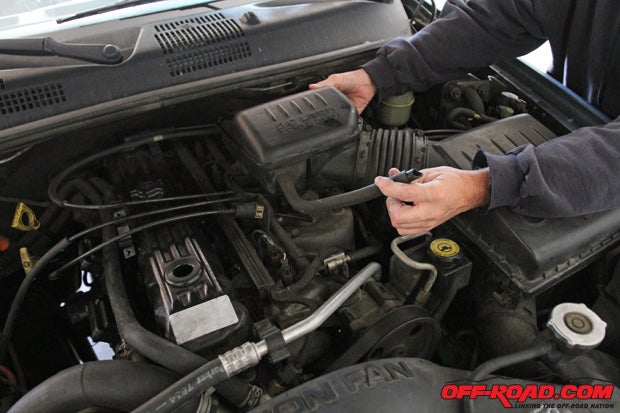
The 4.0-liter inline-six is a very familiar engine to most Jeep owners. Chrysler has since moved on to a new powerplant for the JK Wrangler and Grand Cherokee in the Pentastar 3.6-liter V6, but for decades the straight six powered Jeep models such as the Cherokee, Grand Cherokee, Wagoneer, Comanche and various version of the Wrangler. It is hailed as a bulletproof motor by many, and it still powers many Jeeps on the road and trails today.
Recently while working on a new project vehicle, a 1999 Grand Cherokee that weíll dive into here soon, we ran into a snag and were forced to remove the valve cover on our 4.0-liter motor. There are a number of reason Jeepers will need to do this, whether itís maintenance, replacing a leaky valve gasket, or maybe something as silly as our reason.
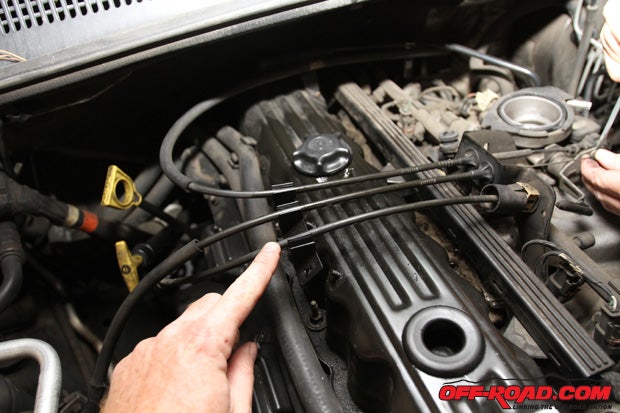
While doing an oil change, we found our engine oil cap was stripped, and soon the idea of pulling off the front PCV valve was suggested. The said ďsuggestorĒ made a few tugs on the PCV elbow and part of the brittle plastic broke. While we got the stripped engine oil cap eventually off, the elbow proved to be much more difficult. Having perused a number of Jeep Forums, we realized this is a common issue for owners of the 4.0-liter engine. As we struggled to pry the remaining pieces of the elbow, the brittle plastic just wouldnít come free. We eventually broke it into multiple pieces and used a needle-nose plier to pull the pieces out of the valve cover opening. Sadly, one of the pieces got away. We fiddled around for it, were able to grab it, but then it slipped away and fell into a crevice in the valve cover. So, the next step was removing the valve cover.
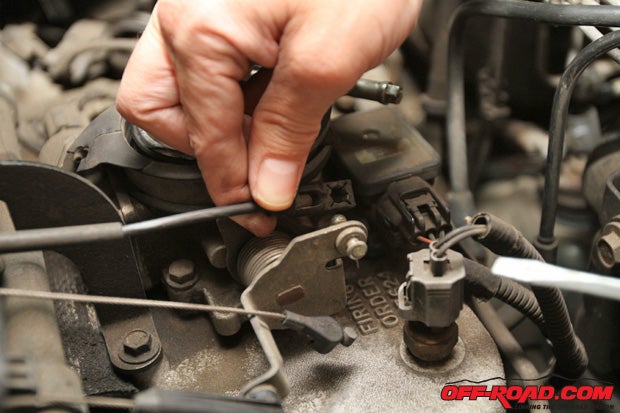
So, as we said, there are a number of reasons a Jeep owner might need to remove the valve cover. Overall, itís a fairly straightforward process, and since we had to do it we figured a clear-cut how-to would be beneficial to others who needed to do the same. Feel free to add any additional tips if youíve performed the same action in the comment section below the story.
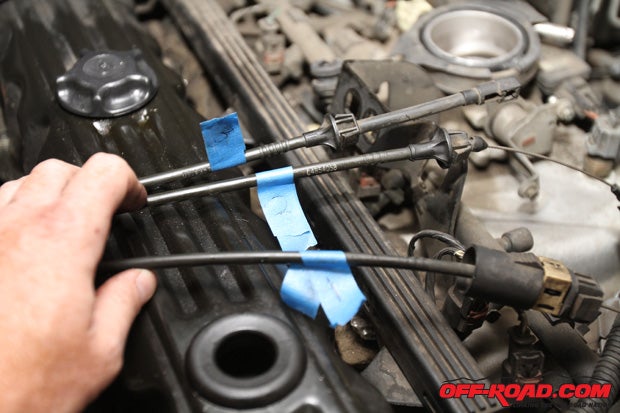
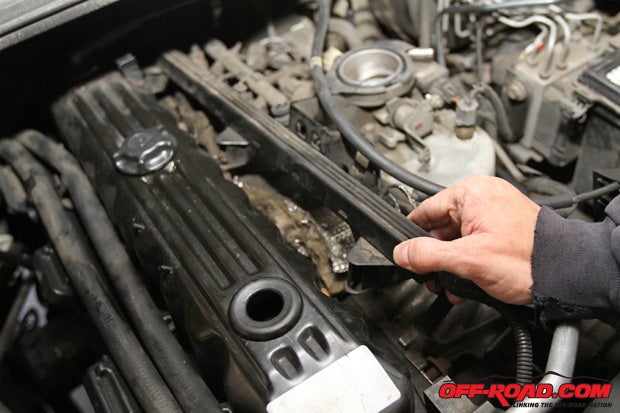
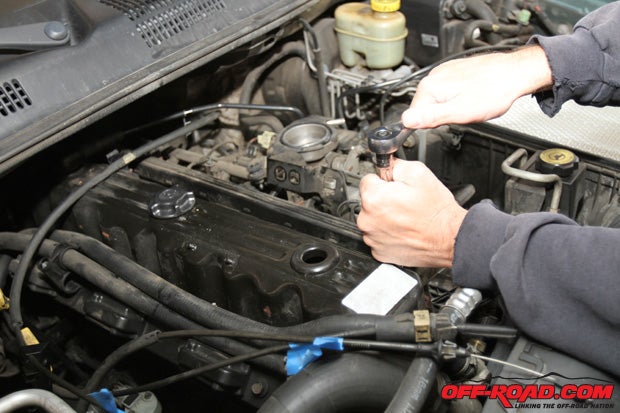
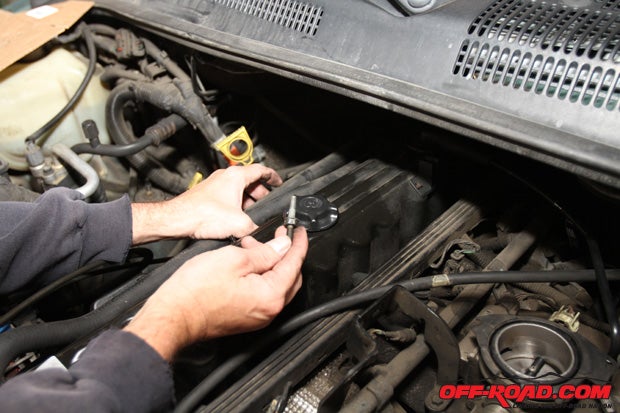
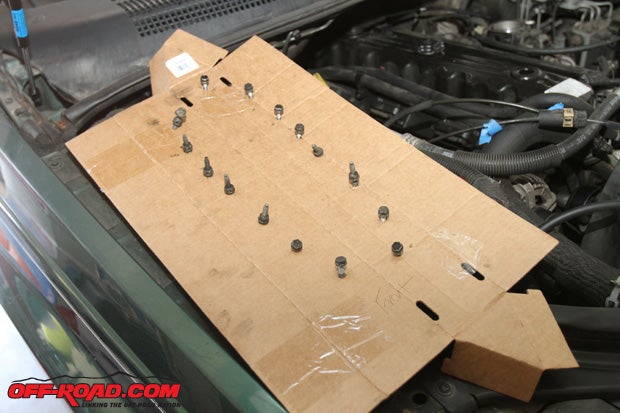
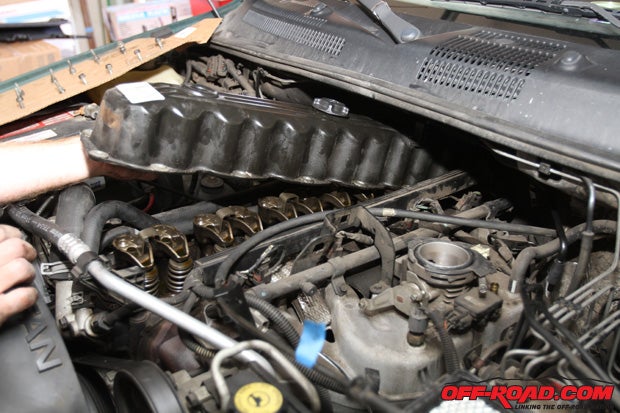
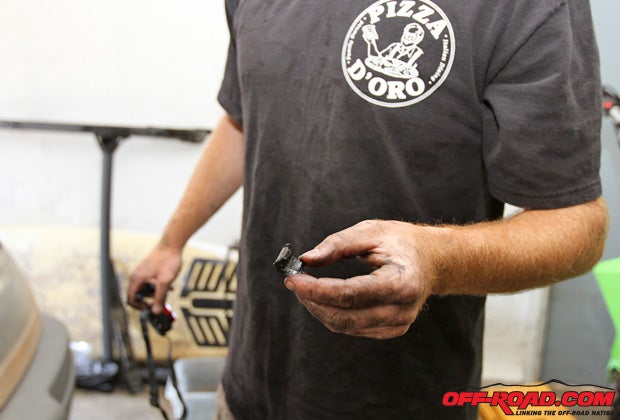
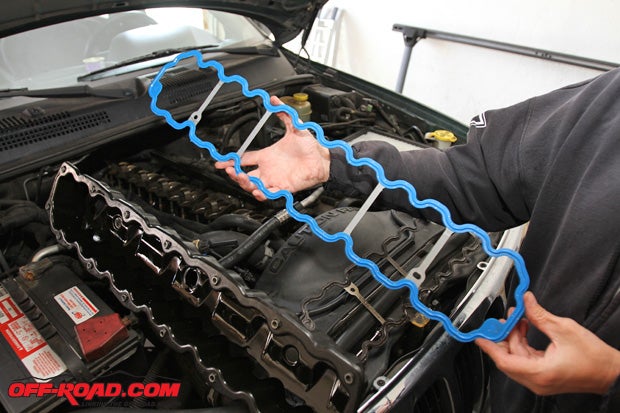
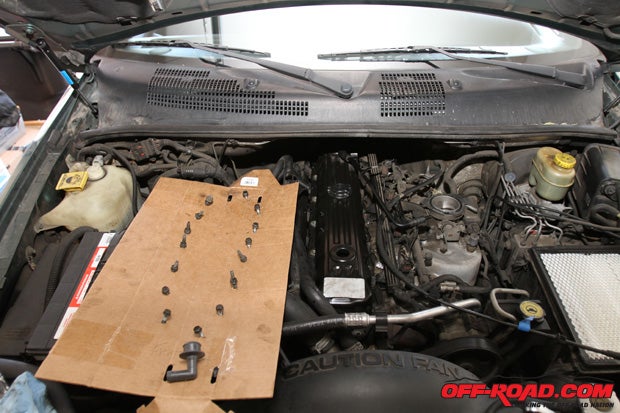
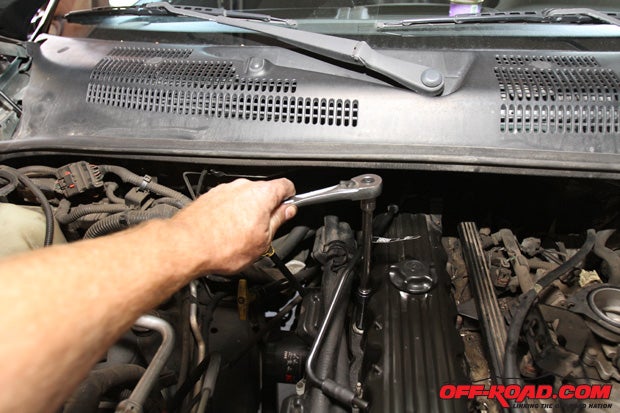
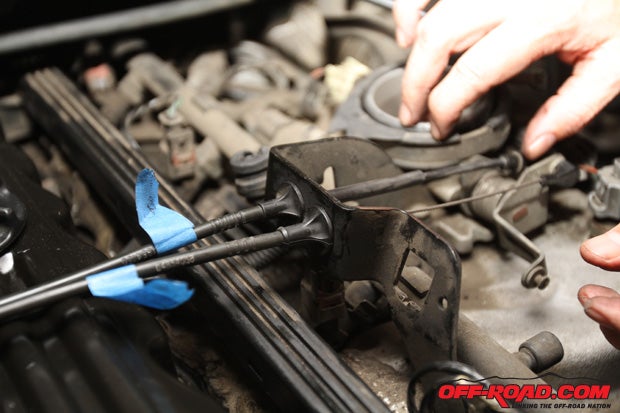
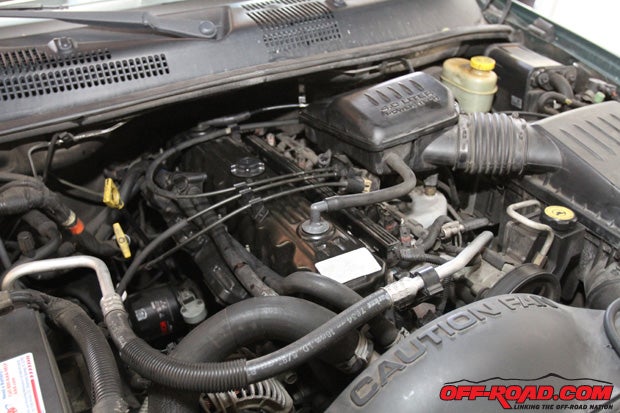


 Your Privacy Choices
Your Privacy Choices